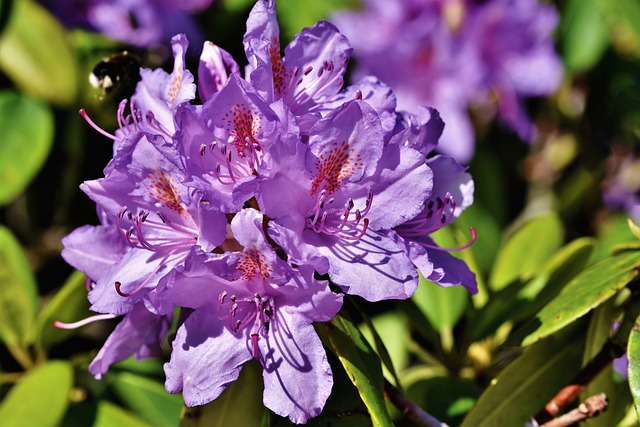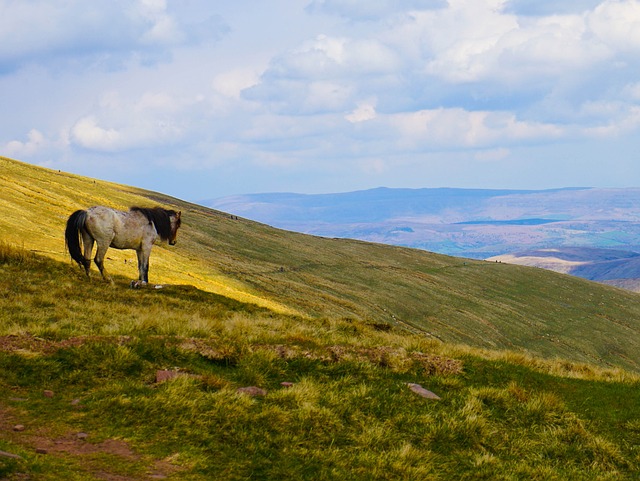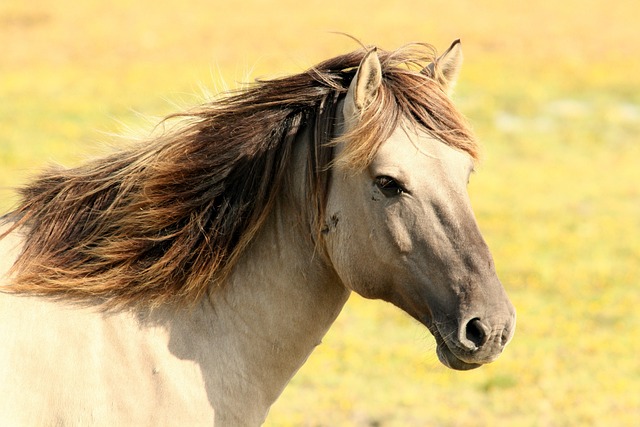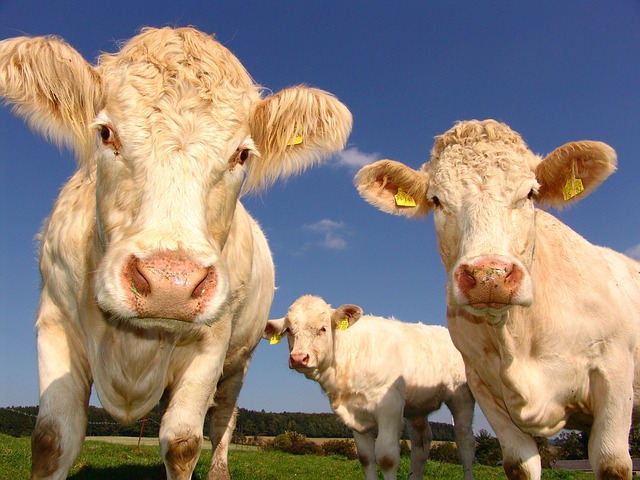
Ragweed
February 2, 2023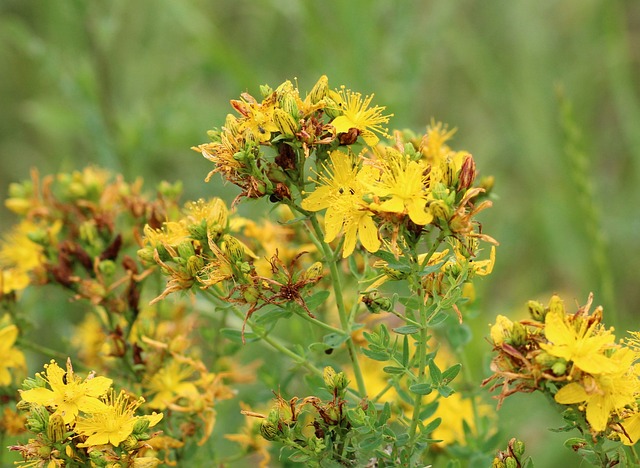
St Johns wort
February 2, 2023Rhododendron is a popular ornamental shrub commonly grown in the UK and other parts of the world. While its attractive flowers and foliage make it a desirable addition to any garden, it is important to be aware of its toxic effects on horses.
Rhododendron contains grayanotoxins, which can cause a range of symptoms if ingested by horses. These toxins can cause digestive upset, including abdominal pain, colic, and diarrhea. They can also cause more serious symptoms, such as muscle tremors, weakness, and a rapid heartbeat. In severe cases, rhododendron toxicity can be fatal for horses.
It is important to note that all parts of the rhododendron plant are toxic, including the leaves, flowers, and stems. Ingestion of even small amounts of the plant can cause serious toxicity, so it is essential to be cautious when allowing horses to graze in areas where rhododendron may be growing. If you suspect that your horse has ingested rhododendron, it is crucial to seek veterinary attention immediately, as treatment is most effective if given quickly after ingestion.
To protect horses from the toxic effects of rhododendron, it is important to be aware of its presence in pastures and to remove any plants before they can be ingested by horses. If you are planting rhododendron in your garden, it is important to place it in an area where it will not pose a risk to horses, such as in a raised bed or in a location that is not accessible to horses.
In conclusion, rhododendron is a toxic plant that can have serious consequences for horses if ingested. It is important to be aware of its presence in pastures and to take steps to protect horses from exposure to the plant. If you suspect that your horse has ingested rhododendron, seek veterinary attention immediately, as prompt treatment is crucial for the best outcome.

